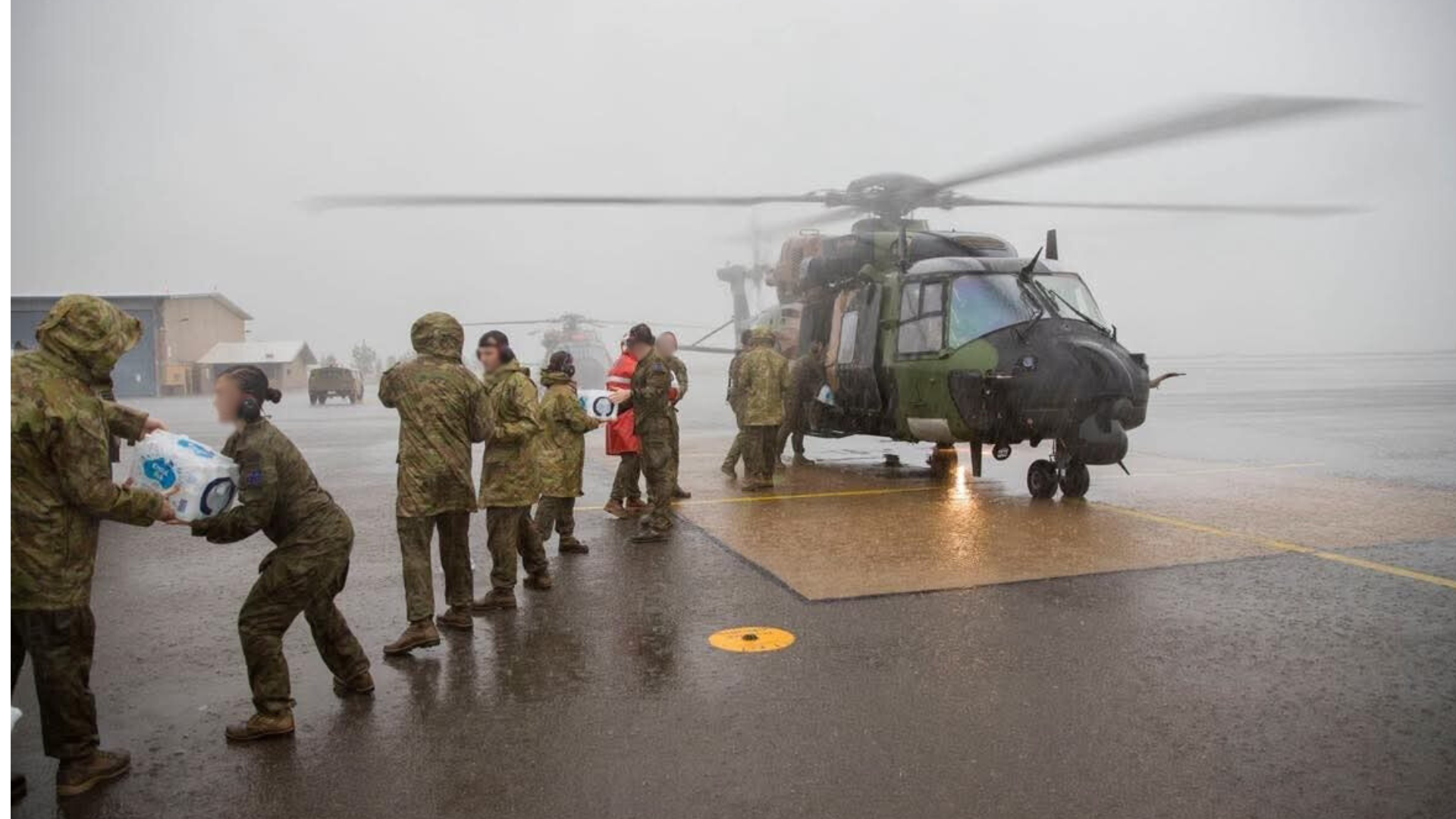
How Much Water Does a Community Need After a Disaster?
When a disaster strikes, having enough clean water is one of the most important things for survival and recovery. People need water not just for drinking, but also for cooking, cleaning, and staying healthy. The amount of water a community needs depends on how many people are there and how much damage has been done to water sources and infrastructure.
- How Much Water Does a Person Need Each Day?
- How Much Potable vs Non-Potable Water is Needed?
- The Difficulties of Supplying Water After a Disaster
- Conclusion
How Much Water Does a Person Need Each Day?
The World Health Organization (WHO) says that each person needs at least 2.5 to 3 litres of drinking water per day to survive. But survival isn’t enough—people also need water for hygiene and daily activities.
Here’s a breakdown of how much water one person needs per day:
|
Water Use |
Required Amount (litres per person per day) |
Water Quality Needed |
|
Drinking |
2.5–3 |
Must be clean and safe |
|
Cooking and food preparation |
4–6 |
Must be clean and safe |
|
Washing hands, face, and body |
3–6 |
Preferably clean, but not necessarily drinkable |
|
Laundry |
5–10 |
Can use less purified water |
|
Toilets and cleaning waste |
6–10 |
Can use non-potable water |
So, while the bare minimum for survival is 2.5 litres per person per day, a more realistic amount for proper hygiene and daily living is 20.5–41 litres per person per day. Drinking water and cooking water (6.5-9 litres) must always come from a clean, safe source, while other activities can use non-potable water when necessary.
How Much Potable vs. Non-Potable Water Is Needed?
A community’s water needs can be divided into potable (safe for drinking and cooking) and non-potable (suitable for cleaning, toilets, and other non-drinking uses). Below is an estimated breakdown:
For a community of 1,000 people:
-
Potable Water Needs (drinking, cooking, medical care) → 6,500–9,000 litres per day
-
Non-Potable Water Needs (hygiene, sanitation, cleaning) → 14,000–32,000 litres per day
-
Total Daily Requirement → 20,500–41,000 litres per day
For a community of 5,000 people:
-
Potable Water Needs → 32,500–45,000 litres per day
-
Non-Potable Water Needs → 70,000–160,000 litres per day
-
Total Daily Requirement → 102,500–205,000 litres per day
The Difficulties of Supplying Water After a Disaster
Getting enough water to a remote community after a disaster is not easy. There are many challenges, such as:
1. Finding Safe Water Sources
Natural sources like rivers, lakes, and wells might be polluted by dirt, sewage, or chemicals after a disaster. Even if water is available, it might not be safe to drink without proper treatment.
2. Damage to Water Systems
Pipes, tanks, and wells may be broken, making it difficult for people to get clean water. Until repairs are made, water must be brought in, stored in tanks or purified in location.
3. Transporting and Storing Water
-
Water trucks: Large amounts of water, or bottled water must be delivered, which can be difficult if roads are blocked or damaged.
-
Storage problems: Even if water is delivered, communities need tanks or containers to store it properly. Water should be chemically treated to ensure it's safe to drink after a period of storage.
-
Access issues: Flooded roads, broken bridges, or unsafe conditions can make it hard to reach remote areas with water supplies. A single water source may be an ineffective means of distributing water to the community.
4. Increased Need for Hygiene and Sanitation
After a disaster, there’s a high risk of disease spreading. Water is needed for:
-
Disposing of waste and sewage (can use non-potable water)
-
Cleaning areas contaminated by floodwaters or debris (requires a mix of potable and non-potable water)
-
Medical care for sick and injured people (requires clean, safe water)
-
Cooking and preparing food safely (requires clean, safe water)
In the first days after a disaster, the focus is on survival. But as time goes on, communities will need even more water while the community is rebuilt.
Conclusion
A remote community needs much more than just drinking water after a disaster. While 2.5 litres per person per day is the absolute minimum for survival, most communities require between 20.5–41 litres per person per day for cooking, hygiene, and sanitation.
Potable water for drinking, cooking, and medical needs is essential and must always come from a safe and reliable source. Non-potable water, while suitable for washing, laundry, and sanitation, still needs to be provided in large quantities.
Addressing these significant challenges is where solutions like LEDI's Aquagen Troop and Garrison water purification systems come into play. Engineered specifically for disaster resilience, LEDI’s AquaGen and Garrison purification equipment provide communities with immediate, reliable access to clean water from contaminated or compromised sources. By deploying robust and portable purification units, LEDI ensures rapid and sustainable access to clean water, significantly reducing health risks, preventing disease outbreaks, and facilitating quicker community recovery after a disaster.


